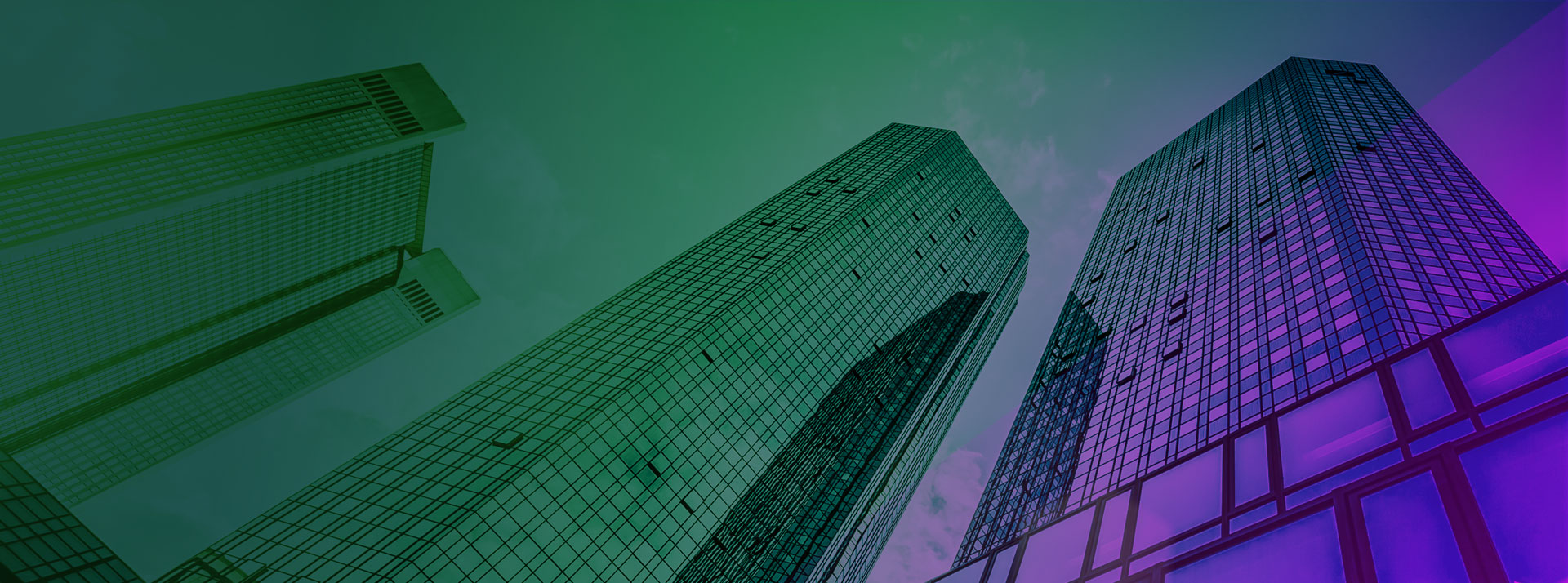
As a business owner or facility manager, dealing with mold growth can be a significant concern. However, it’s essential to understand the key differences between mold removal and mold remediation to make informed decisions about addressing this issue effectively. This article will delve into the definitions, purposes, steps involved, and long-term effectiveness of each approach, helping you determine the right solution for your situation.
Mold Removal: Focusing on Visible Mold, but with Limitations
Mold removal tends to concentrate on physically eliminating the visible, surficial mold growth. This typically does not take into account that non-visible impacts may be present and/or mold growth may have penetrated the substrate of the impacted material(s). Here are the key concerns with just focusing on mold removal:
-
Concentration on Physically Eliminating Visible Mold Growth:
Mold removal primarily focuses on removing the visible mold from surfaces and materials. This process typically involves cleaning, scrubbing, and applying specialized treatments to eradicate the mold. This temporarily removes the visible unsightliness of the mold growth but may not fully remove the mold concern from the facility.
-
Mold Spores Can Still Be Present:
Even after visible mold is removed, microscopic mold spores can still be present in the environment. These spores can cause new mold growth if the underlying issues that facilitate mold growth are not addressed, therefore leading to recurring mold removal having to take place multiple times.
-
Potential for Recurring Mold Growth:
Without addressing the root cause of mold growth (typically a moisture issue), there is a risk of recurring mold infestations. Mold removal alone does not provide a long-term solution and may only offer temporary relief.
Mold Remediation: Comprehensive Treatment for Lasting Results
Mold remediation is a comprehensive approach that focuses on a complete assessment of the area to fully define the extent of mold impacts (visible and non-visible). Completing remediation of the full mold impacts through cleaning and/or removal activities, and addressing the underlying cause of the mold growth will help to prevent future recurrence. The primary goal is to create a safe and healthy environment by following a systematic process. Here are the steps typically involved in mold remediation:
-
Identifying the Source of Moisture or Water Intrusion:
A crucial aspect of mold remediation is identifying and resolving the source of excess moisture or water that facilitates mold growth. This may involve inspecting plumbing systems, roofs, windows, and other areas prone to leaks or humidity issues.
-
Containment to Prevent Cross-Contamination:
To prevent the spread of mold spores to unaffected areas, professionals use containment strategies such as sealing off the affected space, using negative air pressure, and employing specialized equipment like air scrubbers.
-
Disposal of Mold-Damaged Materials:
Mold-infested materials that cannot be salvaged, such as drywall or carpeting, are safely removed and disposed of to eliminate the source of mold growth.
-
Cleaning and Disinfection of Affected Areas:
Thorough cleaning and disinfection of the affected surfaces help remove mold spores and prevent further growth. Specialized cleaning agents and techniques may be used to ensure effective results.
-
Wait to obtain permits and approvals:
Delays in obtaining permits and approvals can significantly impact project timelines. Start the permit application process early and ensure that all required documentation is in order. Proactive engagement with local authorities can help expedite the approval process.
-
Repairing or Fixing the Source of Moisture:
Addressing the root cause of mold growth is vital for long-term prevention. This may involve fixing plumbing issues, improving ventilation, sealing cracks, or implementing appropriate waterproofing measures.
-
Prevention Measures to Discourage Future Mold Growth:
To prevent future mold infestations, professionals may recommend measures such as proper ventilation, regular maintenance, moisture control, and educating occupants about mold prevention strategies.
Mold removal and mold remediation are distinct approaches to address mold growth. Mold removal, on the other hand, concentrates on visible mold but may not prevent future growth. Mold remediation offers a comprehensive treatment that targets the underlying causes and provides long-term effectiveness.
To ensure effective mold treatment, it is recommended to consult with a mold remediation professional who can accurately assess the situation and guide you toward the best solution for your specific needs.
Remember, addressing mold issues comprehensively is vital for creating a safe and healthy environment for your business or facility. Watterson can help you handle all aspects of managing mold on your property. Contact us today!

